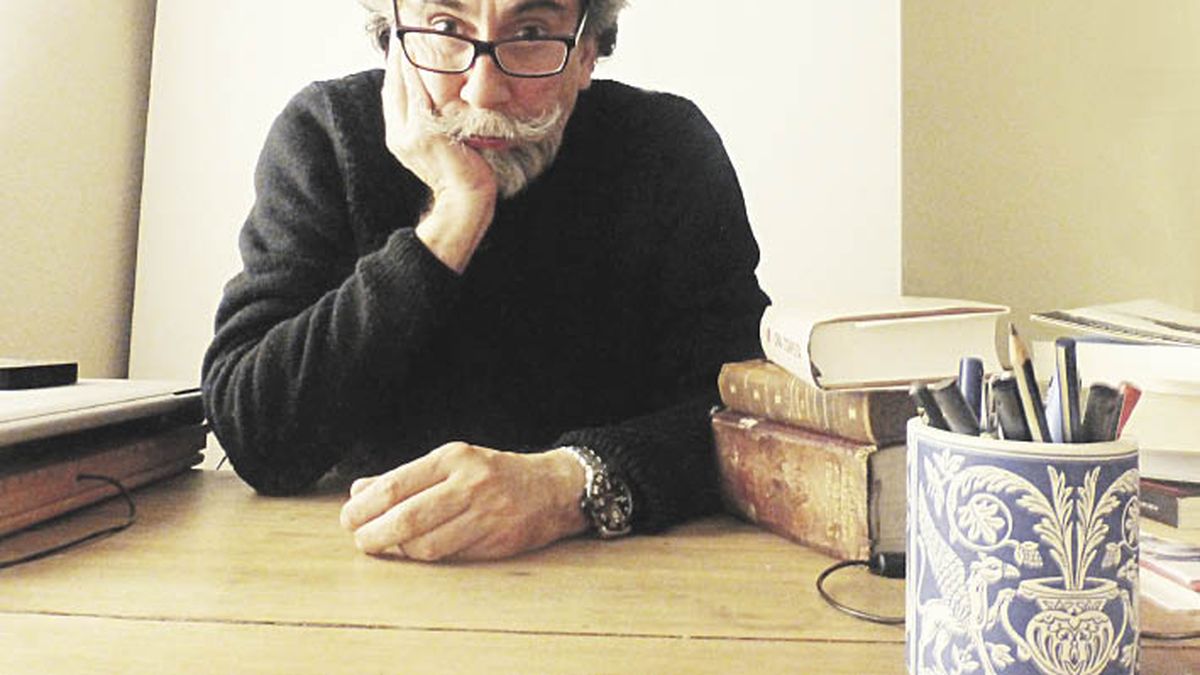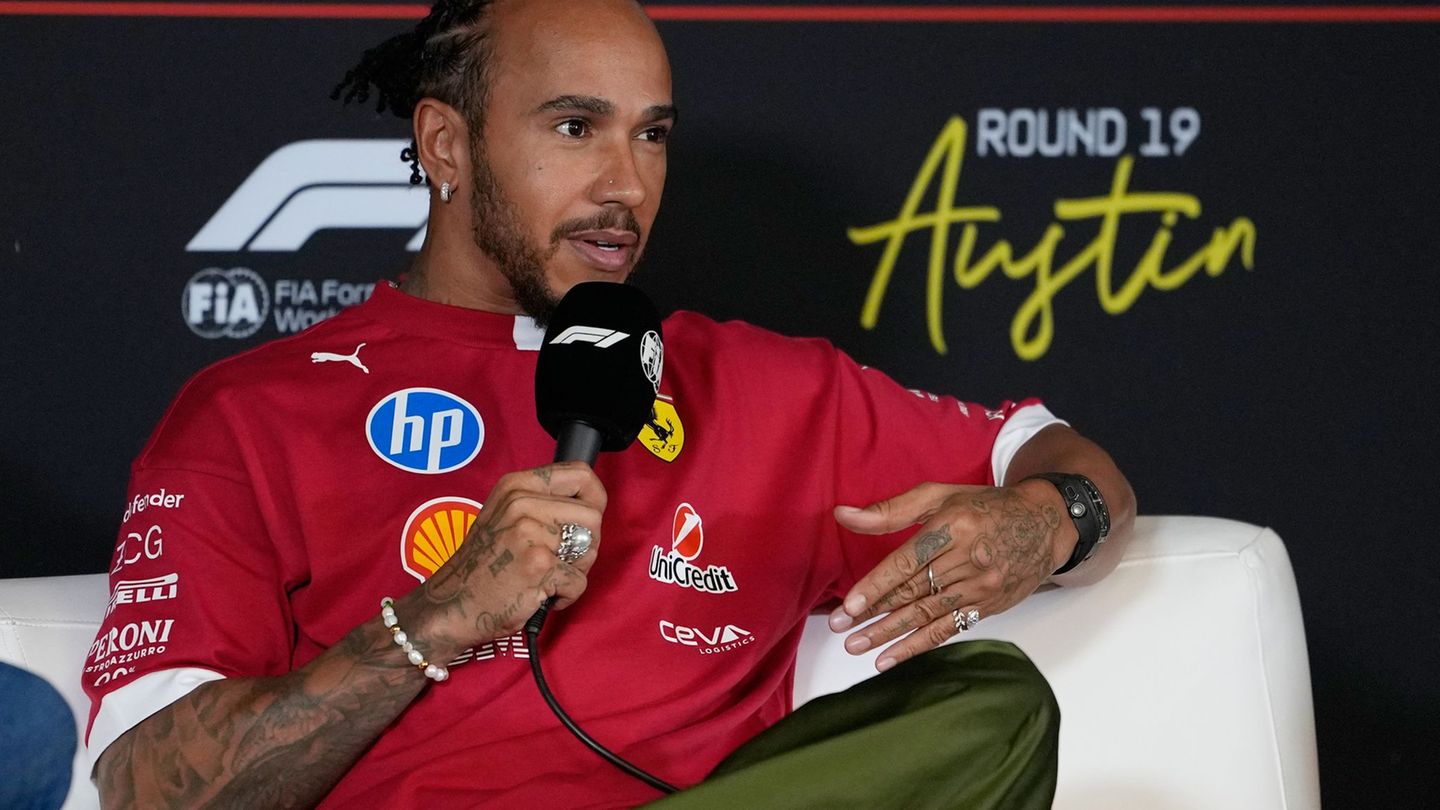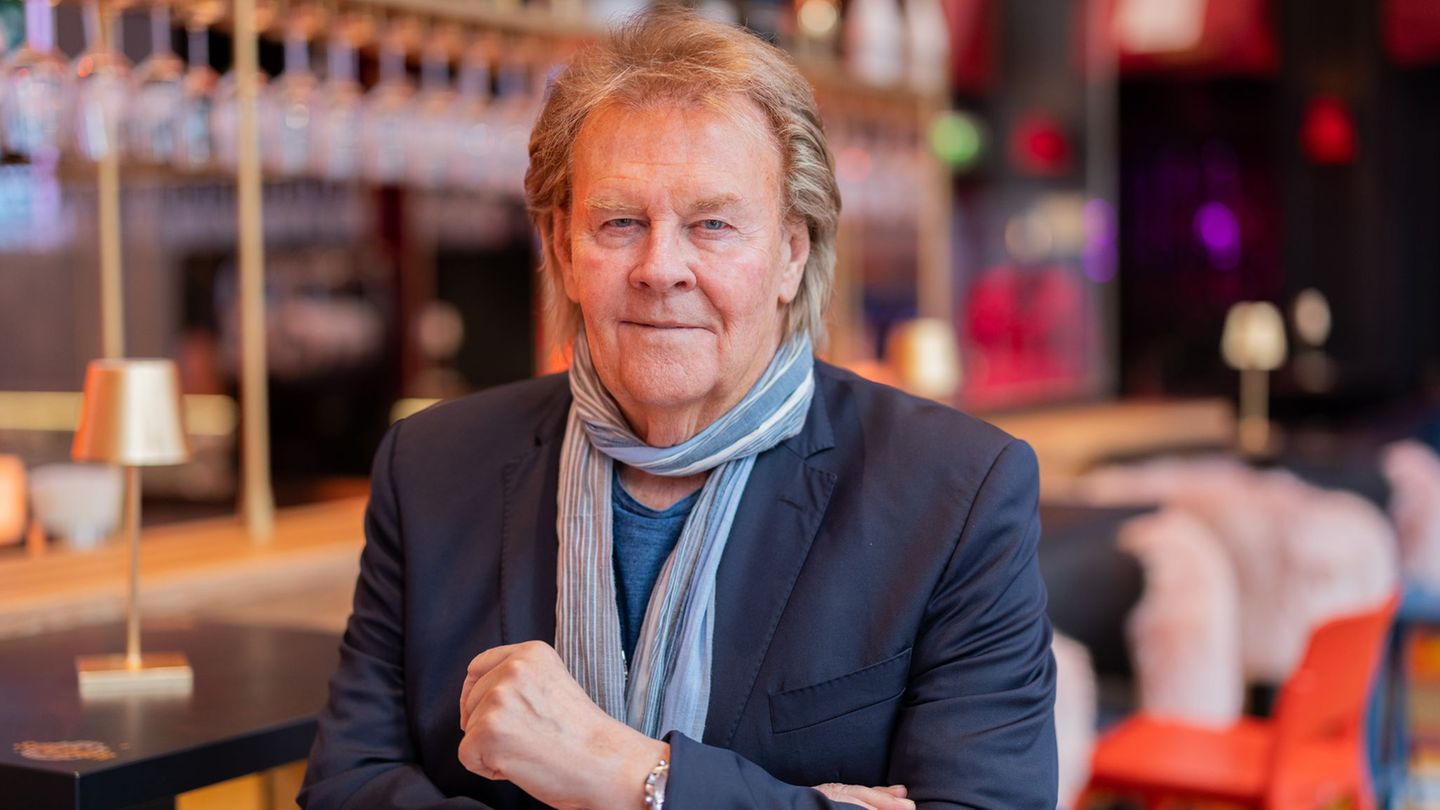The prestigious Andalusian company that will offer performances from Wednesday to Sunday at 8 pm throughout August debuted here in 1985 with “Mariameneo Mariameneo” at the Recoleta Cultural Center and among the most outstanding works we can mention “Forgive the sadness” (1992), in the Margarita Xirgu; “Vinagre de Jerez” (1995) at the San Martín Theater; “When eternal life is over” (1997) at the Cervantes Theater; “The narrow door” (2000), at the Lyceum; ”Not a shadow of what we were” (2002), at the Teatro de la Ribera, and “Homenaje a los malditos” (2004), at the Presidente Alvear, among others. We talk with Calonge.
Journalist: This work is part of a war, which of all?
Eusebio Calonge: There is nothing more than a war, which always breaks out elsewhere, said the Romanian Varujan Vosganian; that is what is being talked about, of our human failure condemned to always repeat barbarism. The theme is always for us a way of triggering metaphors, that battle of living lost beforehand, how often we are our own enemies. The idea of war is not new in our productions, in “Future Deceased” it was already talked about, and in the last “El desguace de las musas”, which unfortunately the pandemic prevented it from being in Argentina, with the stage a trench was hidden, it is the one that opens here. The last war in Europe, the invasion of Ukraine, surprised us in the middle of the season at the Teatro Español in Madrid, and the public’s gaze changed completely, it updated its reading, but as I said before, they do not stop at any particular conflict.
Q.: How do you see the performing arts today in relation to when they started 40 years ago?
EC: Our theater has maintained some constants, investigating and delving into its poetic sense has distanced us from the madding crowd, which does not mean that we lack a critical sense of the society we cross, especially accused in this work, because the theater always maintains a root with your time. Forty years ago repression could be political, now it can be commercial, there is a fear of being left out of the market, because now the way to repress is to silence, and that is achieved in the theater when you don’t have stages to do your work. We have always taken into account that the reading of our works will reach the public, in some way to make a popular theater, because this is what truly gives you creative autonomy. Without that audience we couldn’t be in Buenos Aires, for example; what is developed from the offices, the avant-garde protected by subsidies are something fictitious that takes the first political change.
Q.: Are the themes that obsess you always the same with different forms or do they change? That is to say, the same essence with different clothes?
EC: The same anguish that makes you scream is what makes you create, faced with the pain of the world, faced with injustice, this is the root of the conflict in the theater, the cry is the soul, said María Zambrano, we have put ”the cry in the sky”, that was the name of one of our works, in nursing homes, and unfortunately reality came to confirm that our fears were not unfounded, our works have moved in the asylums of history, among the homeless, with comics seedy. At last, giving a voice to those who do not have one. They have never been the same, but it has been the same pain, and the same dignity to express it. We were given a language, that at this point is clear, you can see a fragment of one of our works and even without knowing it, a spectator will say this is the Zaranda, even this reminds us of the Zaranda, we are not a weather vane at the mercy of changes that dictate fashions or trends.
Q.: What is it like to return to Buenos Aires after the pandemic?
EC: During the pandemic we did not stop talking with friends from Argentina, and although everything was very uncertain we always kept the hope of returning, vital moments for our company have passed there. Buenos Aires is in our hearts, this is no secret, we have always confessed it, returning from the perspective of the years; the first time was in 1987, I seem to remember, and we have been there for fifteen seasons, it is a cause for celebration, joy, a reunion with the city, with its public, always so kind to us, with so many friends, and unfortunately with so many absences. It may be that we are already at the age of disappointment, but we did not notice that anything had changed, it truncated the absurdity towards which we were launching and now it is taking it up again.
Q.: How do you see the exchange between Spanish and Argentine theater?
CE.: I see that many Argentine creators come to Spain, and I think they are very necessary, because their creative model is something that has been banned in Spain. In Spain there are people of interest, without a doubt, but they are neutralized by what I was talking about before about trade. In the Argentine theater, at least until a few years ago, it found a root, which is what allows it to grow, which here, pending the models of Europe, had almost been eradicated. The most important thing I think is that Argentine companies found a public in Spain, that maintains that communication bridge.
Source: Ambito
David William is a talented author who has made a name for himself in the world of writing. He is a professional author who writes on a wide range of topics, from general interest to opinion news. David is currently working as a writer at 24 hours worlds where he brings his unique perspective and in-depth research to his articles, making them both informative and engaging.




